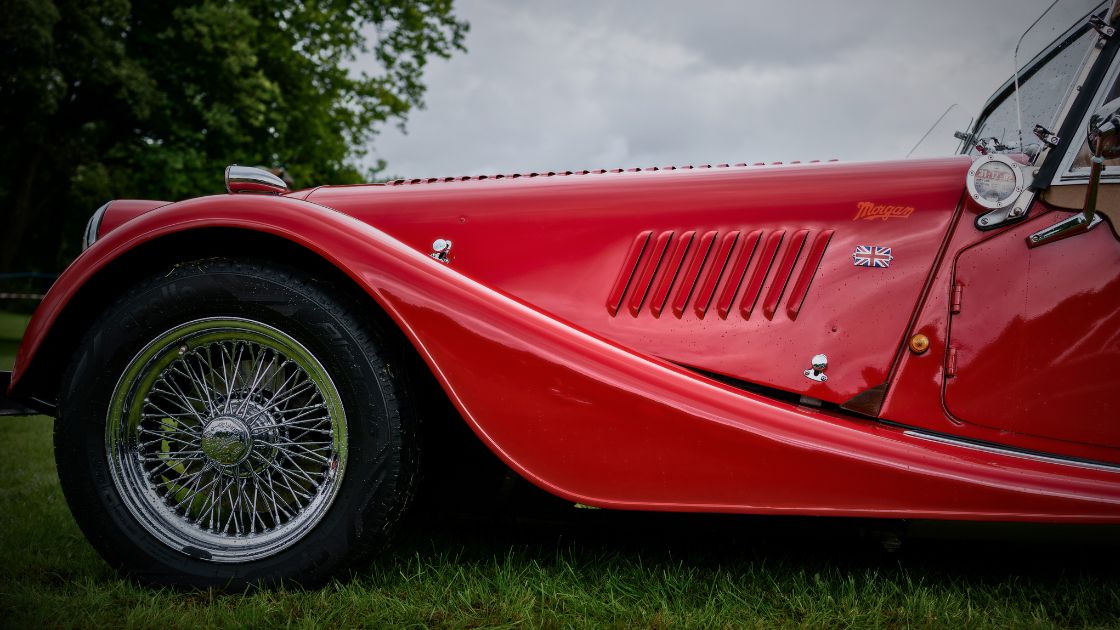DVLA Announces Landmark 2025 Overhaul
From Tuesday, August 26, 2025, the Driver and Vehicle Licensing Agency (DVLA) has confirmed sweeping new reforms that will change the way repaired, restored and modified vehicles are registered in the UK, a decisive win for the VINTTRO community and the wider world of lifestyle motoring.
The updated policy follows an extensive campaign led by the Historic and Classic Vehicles Alliance (HCVA), with widespread support from across the industry.
Protecting Heritage, Simplifying the Process
The reforms are designed to safeguard vehicle history and identity while bringing long-overdue clarity to how the DVLA handles restorations and modifications. This follows the Government’s 2024 Call for Evidence on registering historic, classic, rebuilt, and EV-converted vehicles, which attracted over 1,350 submissions in less than two months, signalling the importance of preserving the UK’s motoring legacy.
Two landmark changes stand out:
-
Like-for-like repairs and restorations will no longer need to be reported to the DVLA unless the work alters key details such as colour, engine capacity, or body type.
-
Vehicles undergoing major structural modifications can now retain their original chassis and registration numbers, ensuring their historic integrity and value remain intact.
For workshops, collectors, and enthusiasts, this means fewer administrative hurdles and greater freedom to restore, rebuild, and enjoy vehicles that define personal style and automotive heritage.
EV Conversions Officially Recognised
In another forward-thinking move, vehicles converted from combustion to electric power will now be able to retain their original identity, provided the DVLA is informed of the changes.
This is a crucial step for those who see the future of motoring as both sustainable and soulful, aligning perfectly with VINTTRO’s vision of a world where classic craftsmanship and modern technology coexist beautifully.
Fewer Q-Plates, More Confidence
Under current rules, many professional restorations risked losing their identity, or being issued with Q-plates, due to vague definitions of what constitutes a “substantial change.” The new, pragmatic approach will reduce this problem dramatically.
For example, replacing a Jaguar E-type’s front-frame assembly will now be classified as routine restoration work, rather than a full chassis replacement requiring a new number or Q-registration.
To keep things simple, the HCVA still recommends thorough documentation of every project, ensuring smooth processing under the new system.
A Collaboration That Drives the Future
“The policy changes by the DVLA encapsulate how industry and Government working collaboratively can deliver better outcomes,” said Dale Keller, CEO of the HCVA. “These pragmatic updates put the retention of historic identity at the heart of registration policy, a move welcomed by all historic vehicle specialists, owners, and enthusiasts.
What This Means for the Lifestyle Motoring World
These changes are set to strengthen the UK’s historic and specialist motoring sector, which contributes more than £18 billion annually to the economy and supports over 100,000 skilled jobs. For lifestyle motorists and collectors, from those preserving vintage icons to those creating bespoke, restomod masterpieces, it’s a green light for creativity and authenticity.
At VINTTRO, we believe this moment represents more than just legislative reform, it’s a recognition of the passion, craftsmanship and individuality that define true motoring culture. It ensures that the vehicles we cherish, whether classic, custom, or electrified, will remain celebrated, roadworthy and relevant for generations to come.
VINTTRO continues to support and celebrate the craftsmanship, innovation and lifestyle that drive the motoring community forward.
Stay tuned for more insights, stories and updates from the world of heritage and lifestyle motoring at www.vinttro.co.uk

